chocolate, History, valentines
Japanese Chocolate: From Obscure Luxury to Staple Sweet
Christian Closs
Posted on January 08, 2022
Share:
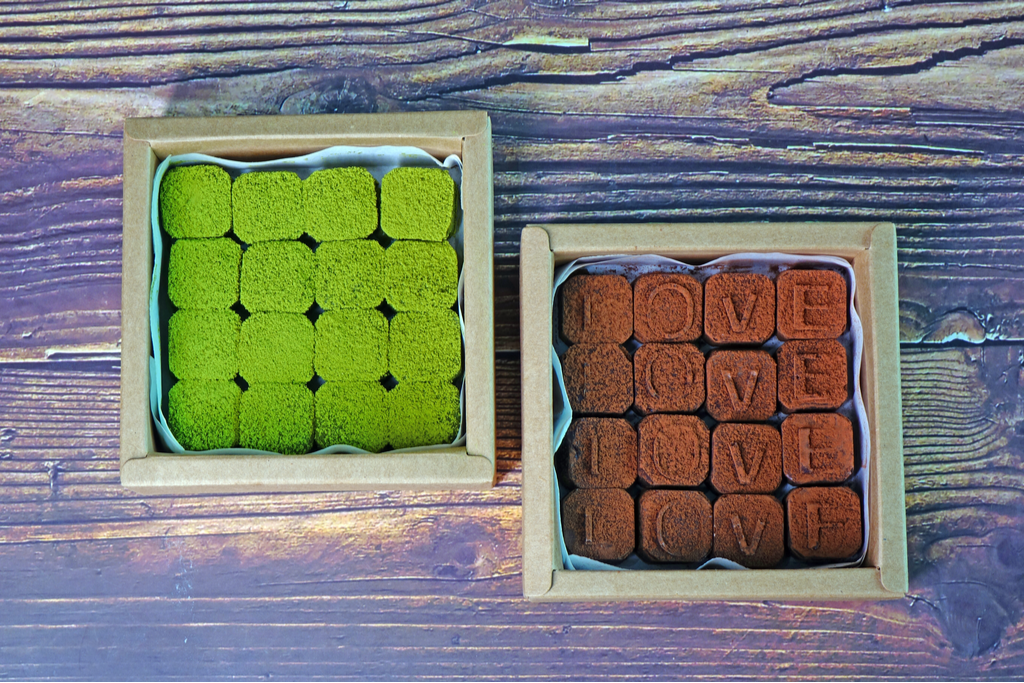
While lacking the centuries-old history of wagashi and traditional Japanese confections, Japanese chocolate has risen to world fame relatively quickly. Initially only available to the wealthiest of Japanese society, chocolate became increasingly popular to the point where it surpassed traditional Japanese sweets as a candy staple.
History of Chocolate in Japan
Japan had a few encounters with chocolate during its policy of national isolation in the Edo period, which lasted from 1603 to 1867. First seen as a drink in the hands of Dutch merchants visiting the only accessible port in the country, chocolate failed to make a broader impact on Japanese people at first.
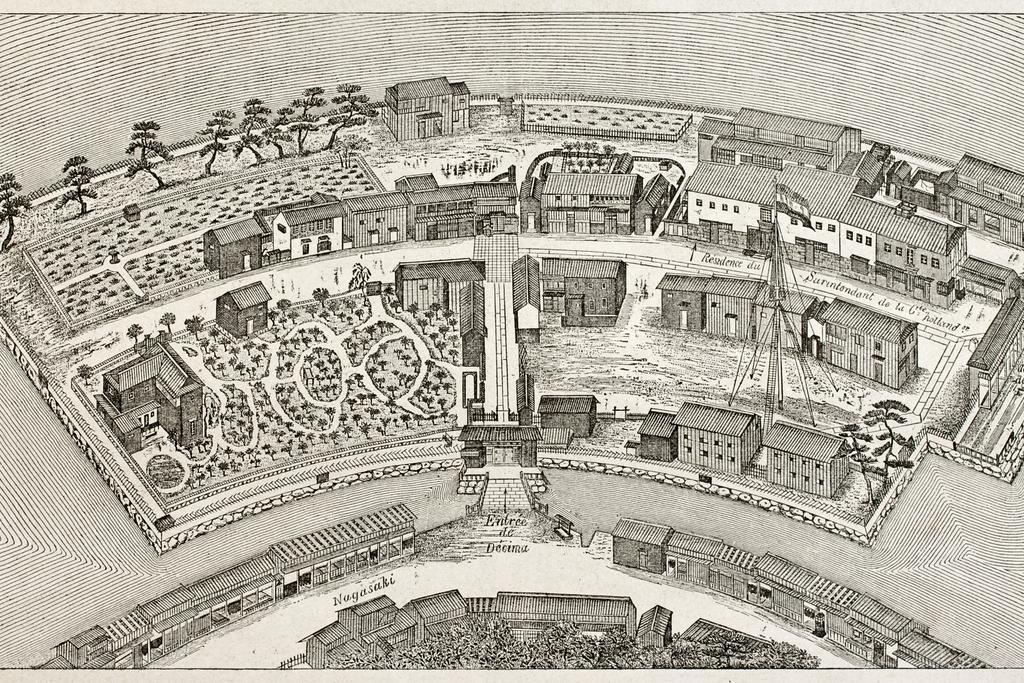
After Japan ended its isolation, Western confectionery became available where non-Japanese settled, such as in Yokohama. But chocolate remained an expensive imported product, purchased almost exclusively by foreign residents or wealthy Japanese who had taken everything Western.
From Wagashi to Japanese Snacks
The turning point for chocolate in Japan was the 1920s. Domestic manufacturers factory-produced various chocolate snacks marketed as nutritious energy providers for a newly developing modern lifestyle in the cities. Middle and upper-class adults could afford this new sweet, which exposed children to it too.
The onset of a new, more Western lifestyle also meant the end of wagashi’s dominance over the market. Factory-made, modern-looking, individually wrapped sweets were now a sign of high quality and hygiene. Compared to handmade wagashi, they looked like the future.
Wagashi mainly accompanied green tea (specifically as a part of the tea ceremony). Therefore, they had to have a light taste to not distract from the tea. This focused on their visual appeal, something Japanese chocolate makers still embrace in their packaging and various flavors today.
After World War II and the following US occupation, American soldiers often hand out chocolate to Japanese children, ultimately enabling its way into the general population.
Curious to try out some Japanese sweets of your own? Sakuraco sends traditional sweets & snacks, including chocolate, from across Japan to your door.
Famous Chocolate Brands in Japan
Today five major Japanese candy makers dominate Japan’s chocolate market: Morinaga, Meiji, Lotte, Ezaki Glico, and Fujiya. Morinaga and Meiji have been around the longest and can take credit for introducing Japan to chocolate bars.
Their chocolate is available on practically every street corner at konbini, Japan’s convenience stores. With chocolate occupying a considerably more significant market share than traditional Japanese sweets, companies are constantly developing new flavors and packaging styles to stay competitive.
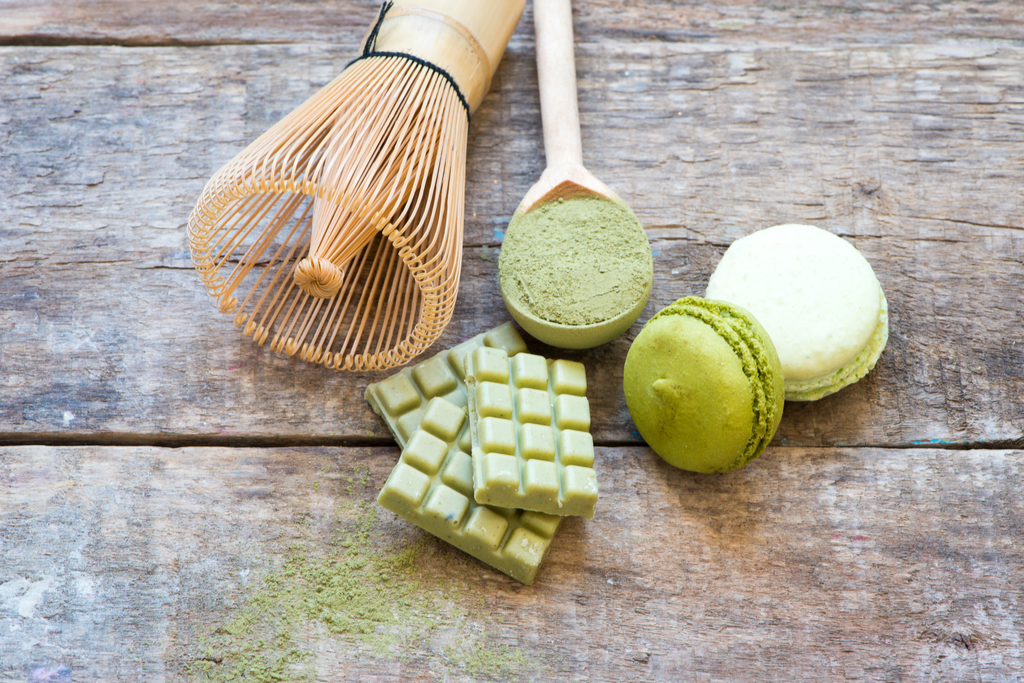
Unlike Western chocolate, which usually prides itself on the quality of its milk chocolate more than anything, no flavor is off-limits for Japanese chocolatiers. This has led to unique Japanese flavors like matcha, a refreshing Japanese green tea chocolate.
The Current Chocolate Landscape
Japanese Kit Kats is easily the most recognizable offshoot of Japan’s spin on chocolate. While not made by a Japanese company, Nestle Japan has released well over 200 flavors up to the present day. Options range from blueberry cheesecake to soy sauce, with more limited editions constantly being released. Glico’s Pocky is another excellent example of this, albeit with not quite as many flavors.
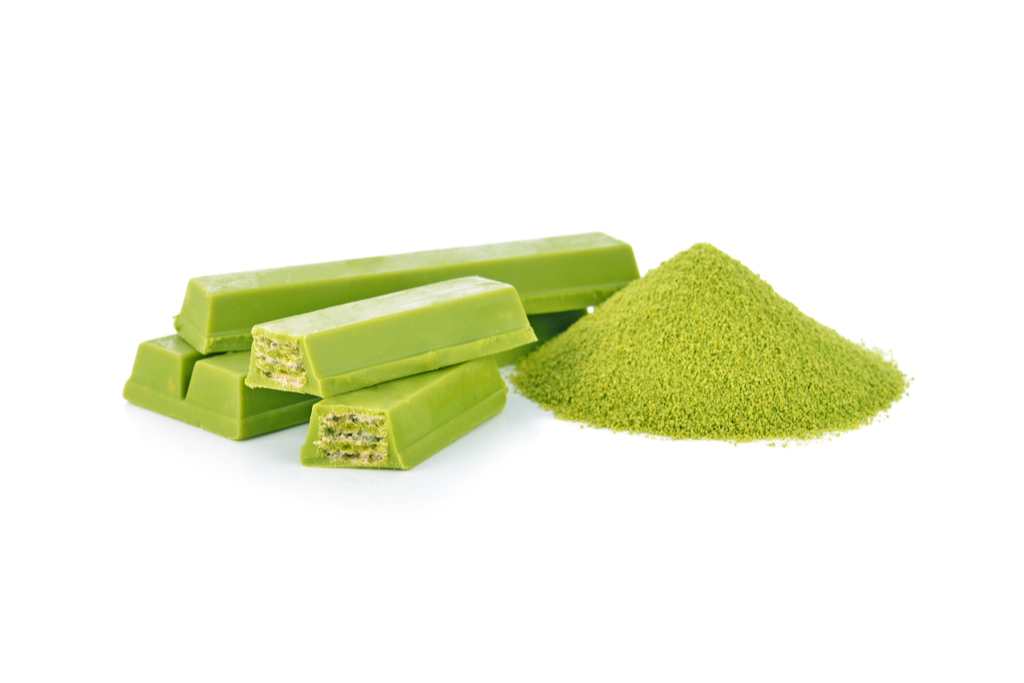
But convenience stores and supermarkets are far from the only places to find Japanese chocolate. One of the most popular food stalls at Japanese festivals is none other than the classic chocolate-covered banana. Dark chocolate has also gained popularity in recent years with more focus on the bean-to-bar process in the final product. Lastly, craft chocolate has also slowly made its way into Japan, with boutique chocolate makers setting up shops in Tokyo.
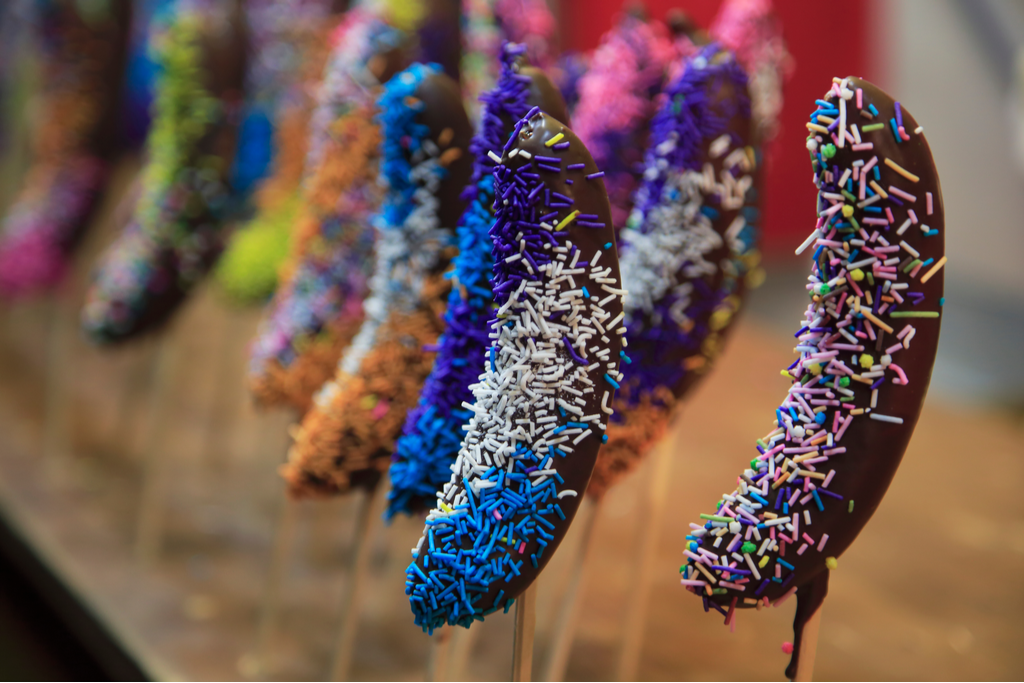
Valentine’s Day in Japan
It is impossible to talk about Japanese chocolate without mentioning Valentine’s day. Japanese chocolate makers saw an opportunity to increase sales by introducing this Western holiday with clever marketing campaigns. Not only did they succeed in an effort to increase sales further, they also added a whole other day to the formula called ‘White Day’.
For the Japanese version of Valentine’s Day, women are expected to give chocolate to the men in their lives, colleagues, and loved ones. Men are then supposed to return the favor on White Day a month later, on March 14th. Not all chocolate given is equal. However, supermarket chocolate is usually reserved for ‘obligation chocolate’ such as at the workplace, and ‘genuine chocolate’ is reserved for those one has romantic feelings for.

While Japan’s chocolate history is still short by comparison, there has certainly been no shortage of innovation. With Japan’s unique perspective on sweets, more unique chocolate creations will follow.
Have you tried any Japanese chocolate we forgot to mention? Let us know in the comments below!

Discover authentic flavors with Sakuraco
Get Sakuraco 

Discover authentic flavors with Sakuraco
Get Sakuraco 
Related Articles
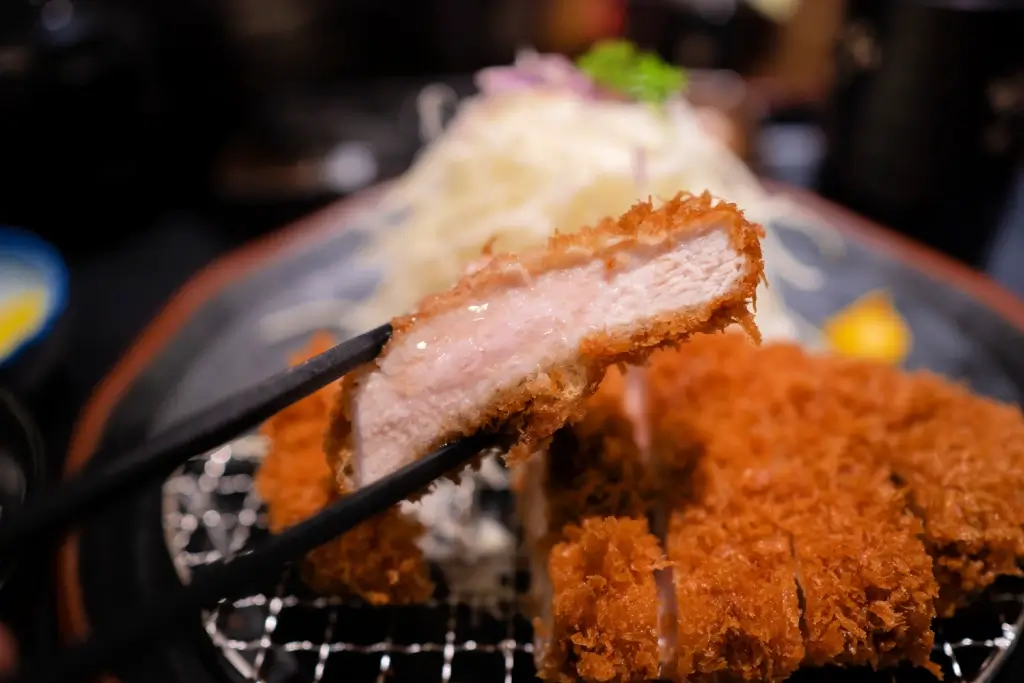
Tonkatsu Luxury Restaurants: Best Ones to Try!
Don’t miss out on tonkatsu if you’re traveling to Japan! Tourists often add the meal to their must-eat list because of its delicious and satisfying nature. Even better, you can elevate the experience by going to luxury restaurants across Japan, where you can experience some of the most celebrated pork cutlets.

Mochi: How is Mochitsuki Made in Japan?
Mochitsuki is the Japanese tradition of pounding steamed rice to make mochi for the New Year. Families and neighbors gather to participate in this lively and meaningful tradition. The teamwork involved helps everyone feel a sense of connection.

Konpeito Candy: What Makes This Starry Treat Shine?
If you are a fan of the famous Demon Slayer series, then you probably know that the favorite treat of the adorable Nezuko Kamado is those tiny, colorful little sweets.

Kinako: The Amazing Roasted Soybean Powder!
Kinako is a very popular ingredient that can easily be found in many traditional Japanese sweets. It has a distinctive flavor, standing alongside other classic tastes such as red bean or sesame. Let’s explore this charming ingredient together, and who knows, you might even be able to make it in your own beloved kitchen!


